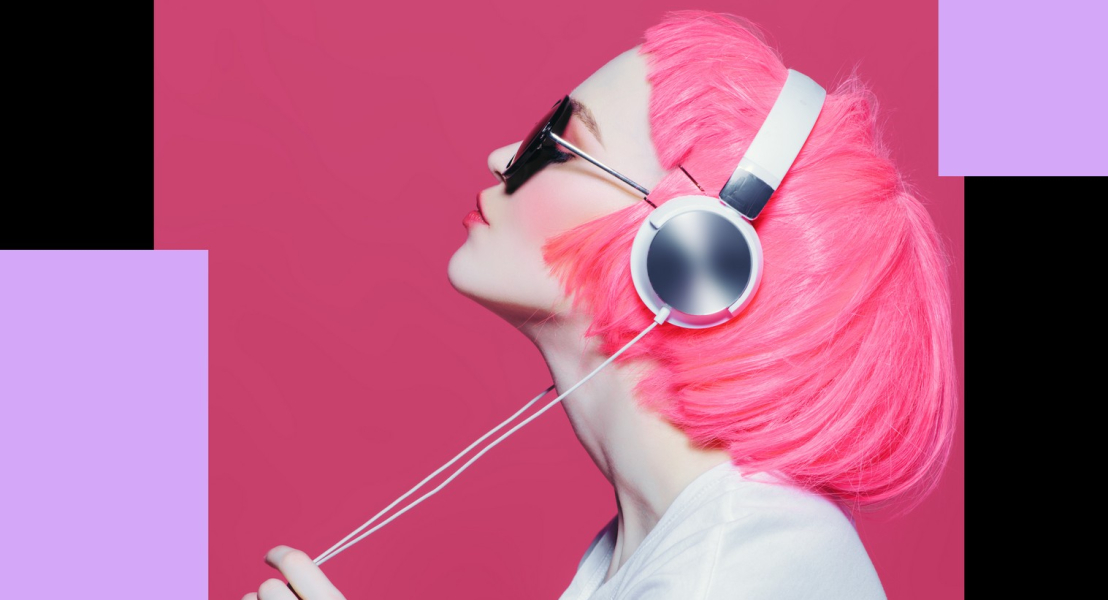We use cookies to improve the services we offer you. By continuing to browse this site, you consent to keep them in accordance with our Privacy Policy.
×We use cookies to improve the services we offer you. By continuing to browse this site, you consent to keep them in accordance with our Privacy Policy.
× 1,458
1,458
 6 min
6 min

The world of marketing is progressively evolving as technologies advance. As marketers, we are constantly searching for effective ways to engage, inspire and connect with our audiences, and recent trends point to an intriguing tool – AI-generated images.
But is this a tool that you should integrate into your marketing strategy? Do the advantages outweigh the potential drawbacks?
Let’s find out.
AI-generated images are a product of artificial intelligence, specifically a type of machine learning known as a Generative Adversarial Network (GAN). This innovation enables machines to generate new images based on learning the patterns, shapes, and colors of pre-existing images in a database.
An AI algorithm essentially creates visuals from scratch or modifies existing images, continuously learning and refining its capabilities with each experience. The result is a broad spectrum of images that can range from surreal and abstract art to photorealistic renditions so well-executed that one might have difficulty distinguishing them from those captured by a camera.
The applications of AI-generated images are vast, particularly in marketing. They present an opportunity to produce unique and engaging visual content rapidly and at a scale that manual design can’t keep up with. These images can be used in everything from social media posts and website banners to email marketing campaigns and print advertisements.
For instance, if you’re looking to enhance your YouTube channel’s aesthetic, AI can be a useful tool. You can create distinctive, appealing visuals that resonate with your target audience, improving viewership and engagement, thereby growing your YouTube channel.
However, as exciting as this technology might be, it’s critical to understand both its advantages and potential pitfalls before jumping aboard. Let’s delve deeper into these in the next section.
While the use of AI-generated images in marketing is still relatively new, this technology potentially presents several exciting benefits to marketers:
A great way to illustrate this is by integrating AI-generated images into digital slideshows. You can create stunning slideshows with unique and captivating visuals, adding vibrancy and freshness to your presentations.
Leveraging AI-generated images makes it possible to explore new creative territories and redefine your brand’s visual narrative. However, it’s equally crucial to recognize the potential drawbacks and challenges that come with this kind of technology, which we will explore next.
While AI-generated images offer exciting advantages for marketing, it’s essential to also consider potential drawbacks involved:
For example, there are challenges in predicting lighting effects in images, a concept well understood by photographers and graphic designers. And if a human professional can easily get golden hour photography featuring a person, sometimes it can be extremely challenging for an algorithm to replicate the same result.
While AI certainly holds immense potential, one needs to be mindful of these potential pitfalls. A blended approach, combining AI capacities with human creativity and intuition, can often be the optimal solution.
Through strategic and mindful implementation, AI-generated images can indeed become a powerful player in your marketing arsenal, combining seamlessly with standard practices to create a comprehensive outreach that impresses and engages.
The incorporation of AI-generated images presents an intriguing landscape that marketers can leverage to enhance efficiency, create customized content, and enrich their variety of visuals.
However, along with its numerous benefits, there also lie potential challenges such as legal issues, loss of authenticity, limited creativity, and technical limitations that need careful consideration.
By understanding the capabilities and limitations of AI-generated images, marketers can effectively utilize them to enhance their strategies and elevate their brand presence in the highly competitive digital landscape.